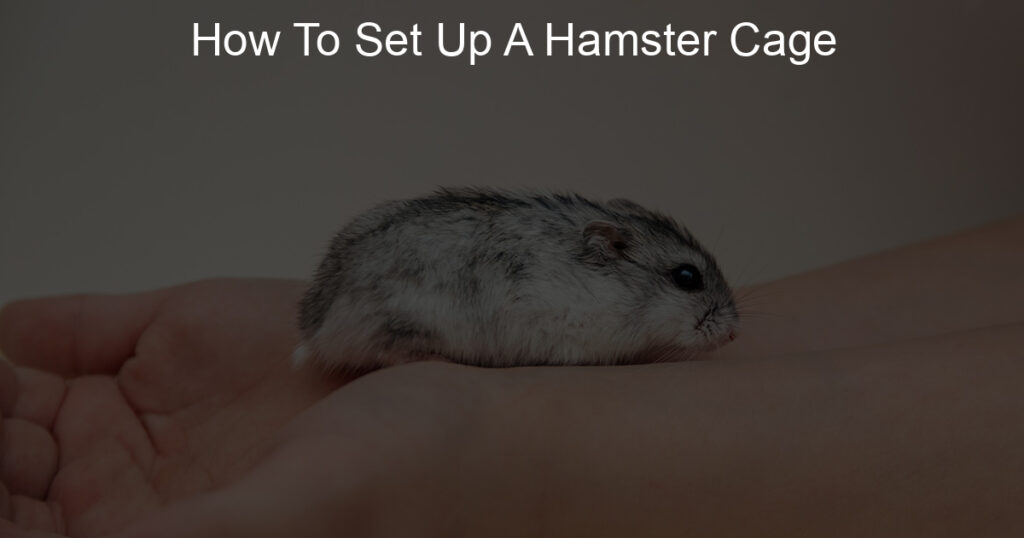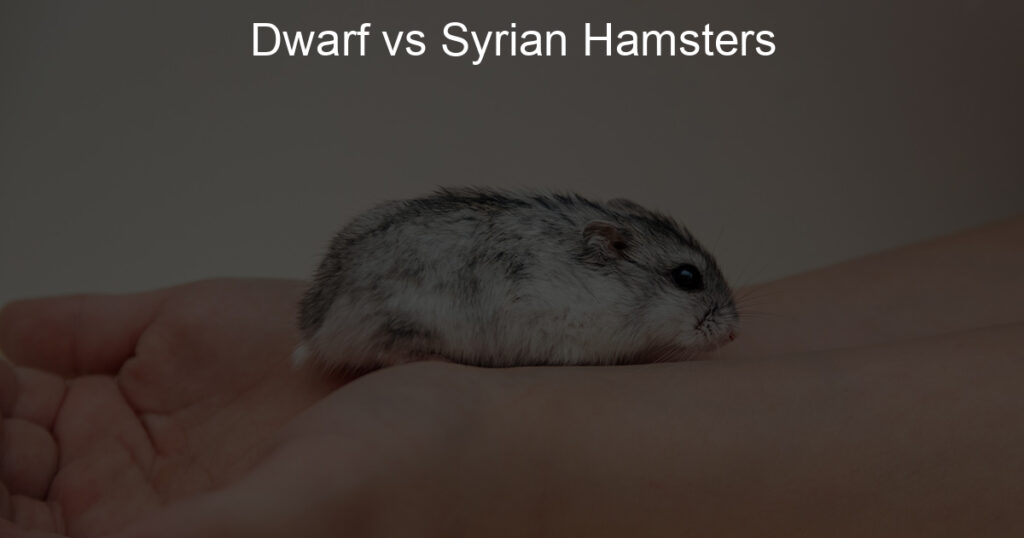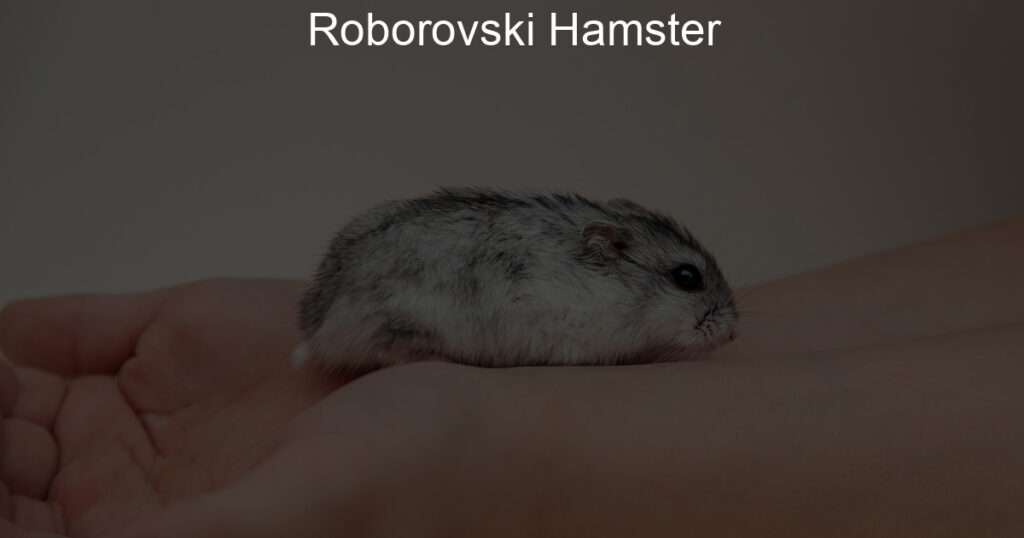Having a furry friend scampering around at home can be an incredibly enjoyable experience, but it requires some preparation. From checking if you’re allowed to have pet rodents in your home to gathering supplies and setting up the cage – there are several things worth considering before bringing a hamster into your family.
In today’s blog post, we’ll cover all steps of how to properly set up a hamster cage, no matter what kind of setup you choose for your little one! So grab your supplies and let’s get started on creating a cozy space for your new companion.
How do you set up a hamster cage for the first time?
Setting up a hamster cage for the first time may seem intimidating, but it’s not as difficult as it looks. First, the type of cage you get will depend on the breed of hamster and your budget, so decide which one is best for you. Make sure to line the bottom with bedding like wood chips or shredded paper, and add a water bottle, food dish, toys, or other items to keep them occupied.
Lastly, control the temperature and make sure all of the wires are safe – this will ensure that your hamster’s new home is secure and comfortable! With these steps, your little furry buddy will be all set to explore their new digs.
What do you put in the bottom of a hamster cage?
It’s important to make your hamster cage comfortable and enjoyable, so it’s essential to get the foundation right. To give your furry friend a bed that promotes healthy living and keeps their feet from getting wet or chilled, you should put at least 3-4 inches of bedding in the bottom of their space.
Things like recycled paper, aspen shavings, and even shredded fabric are great options that your hamster will love burrowing in! Plus, these materials can also be used to create hammocks or tunnels for exploration and stimulation. Just remember that some bedding can produce dust or tiny fibers – so it’s best to stick with non-toxic brands like Carefresh. A clean bed is a happy bed!
How do you prepare a hamster cage?
Setting up a hamster cage is no small task! Before you get your furry friend, you will want to take the time to make sure their home is as comfortable and safe as possible. Start by selecting the right-sized enclosure for your pet; it needs to be spacious enough for them to move around in, but not so big that they can’t find their way around. Once you’ve chosen the proper home, add appropriate bedding, such as shredded paper, recycled cardboard, or fresh hay – just avoid any wood shavings!
Next, provide fun toys and activities like tunnels and ladders for them to explore. Finally, don’t forget to stock up on food and water dishes for your little one. With a few simple steps and a bit of preparation, you’ll have a cozy habitat ready for your new hamster companion!
How much bedding do you put in a hamster cage?
When it comes to giving your hamster a cozy home, bedding can make all the difference. Depending on the size of your hamster’s cage, you should use about 4-6 inches of bedding for them to settle into. The type of bedding is also important, so look for one that is specifically made for small animals and safe from any potential toxins or chemicals.
You’ll want to make sure the bedding is soft enough for them to nest in and provides warmth as well. Finally, remember to clean it out regularly and replace it with fresh bedding every few months. A happy and healthy pet starts with a comfortable home!
Can I touch my hamster on the first day?
On the first day, you get your hamster, it may be tempting to pick them up and play with them but resist the urge. Even though your furry little friend might seem friendly and make cute little squeaks, they need time to adjust to their new home before being handled.
Instead, take some time to get acquainted with your hamster by speaking to them gently and observing its behavior from a distance. Doing this will help both owner and pet build trust so that when it is time for physical contact, both parties can trust each other and better enjoy the experience.
What not to do with hamsters?
Hamsters are fantastic pets, but you need to be aware of some important dos and don’ts when it comes to taking care of them. One thing that definitely shouldn’t be done is leaving your hamster outside, as they’re not well equipped to handle the elements. In addition, don’t let your hamster roam free in your house; as cute as it may look, a pet running around can easily get itself into trouble by chewing on cords or getting stuck somewhere out of reach.
Also, provide ample space for your hamster in its cage – they love having tunnels and tubes to explore! Lastly, steer clear of handling them too often – although these little guys enjoy contact with their humans, too much can overstimulate them and make them uncomfortable. With this knowledge in tow, you’re now ready to become a hamster owner and give your new friend all the care it needs!
Conclusion
Setting up a hamster cage is easier than it sounds. Even if you have no prior experience, with a bit of time and patience the process is a breeze. From choosing the right type of cage and accessories to unboxing and assembling, by following this guide anyone can create an environment that their furry friend will enjoy.
Plus, making sure your hamster has everything they need not only helps them adjust to its new home but keeps them healthy as well. Overall, hamsters are joyful creatures that deserve the best care possible and it all starts with setting up a proper enclosure! So don’t hesitate, take the plunge and enjoy your new companion!








